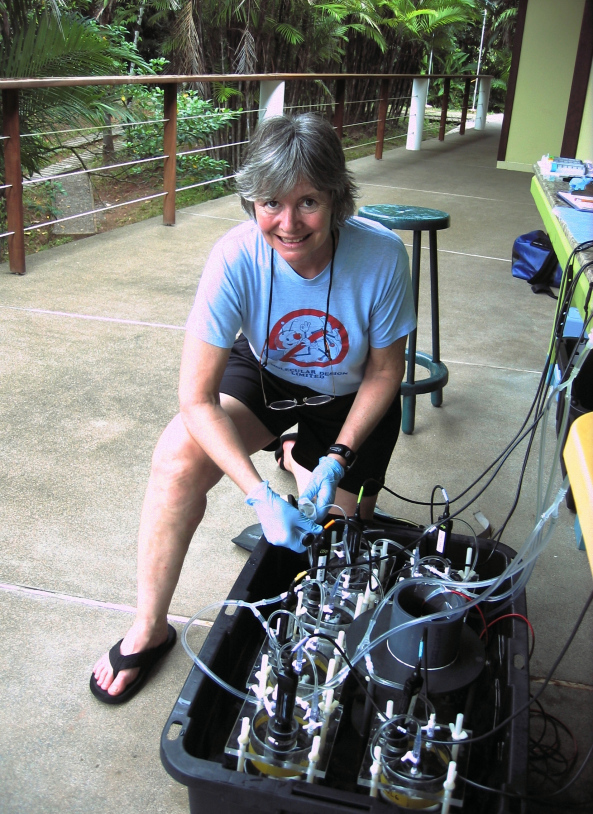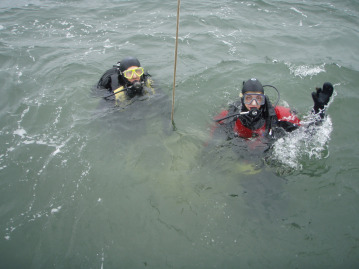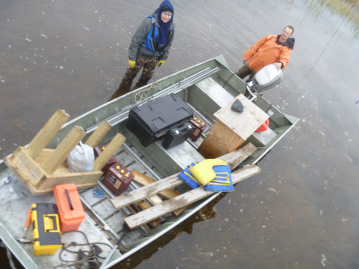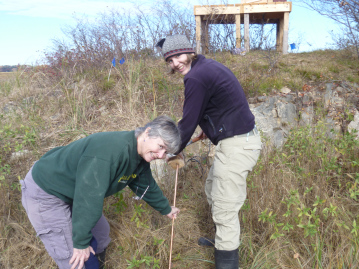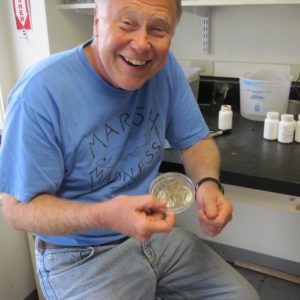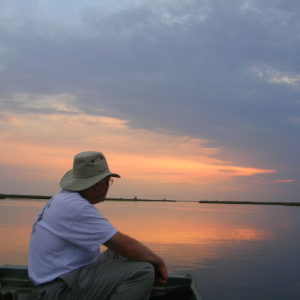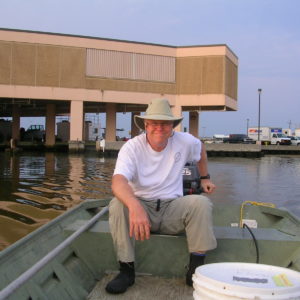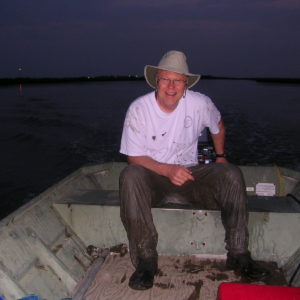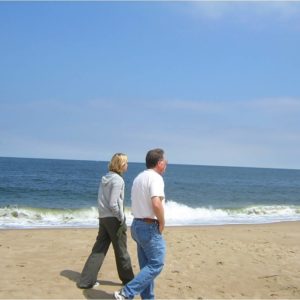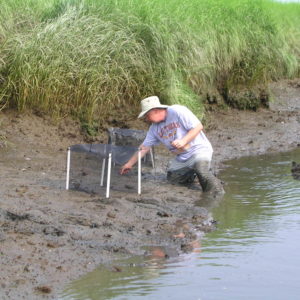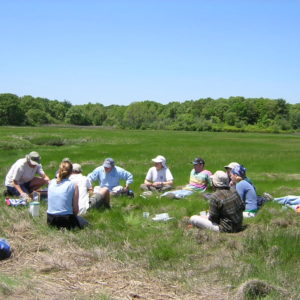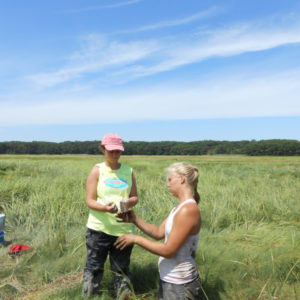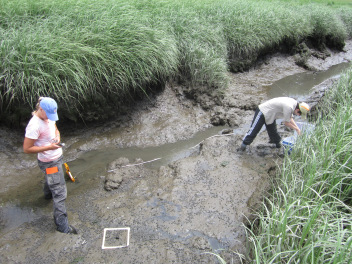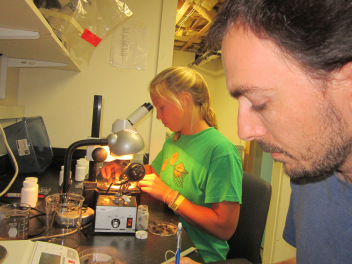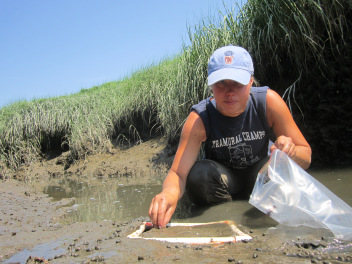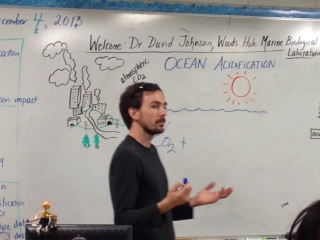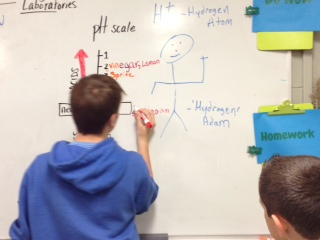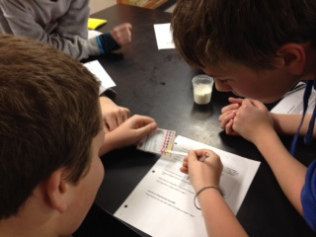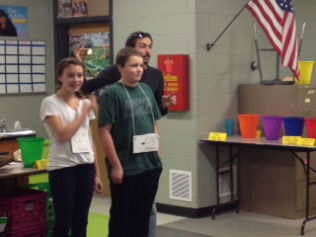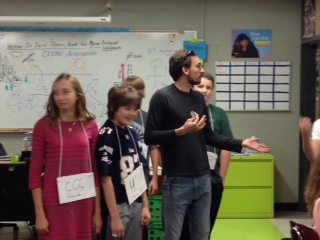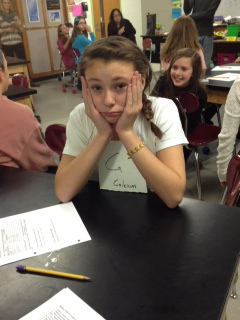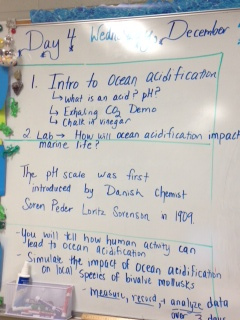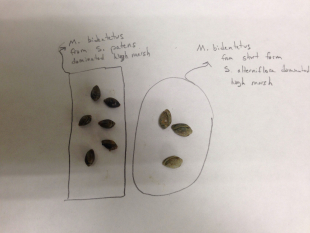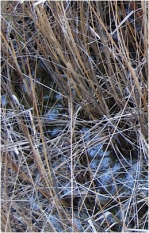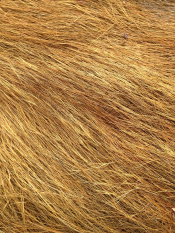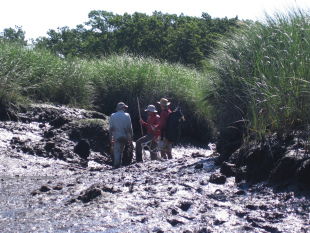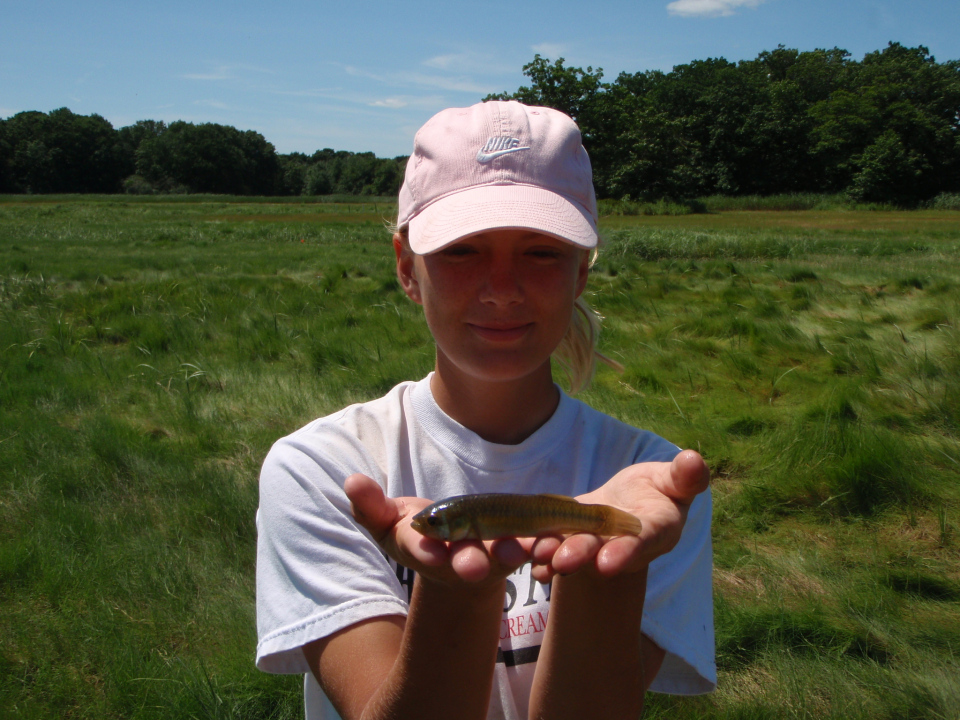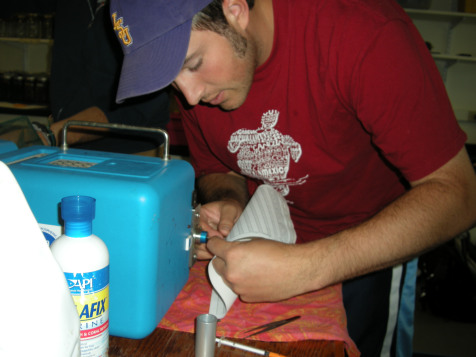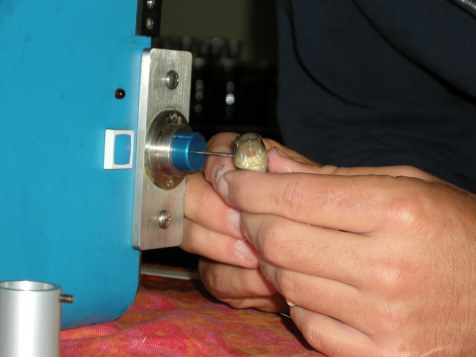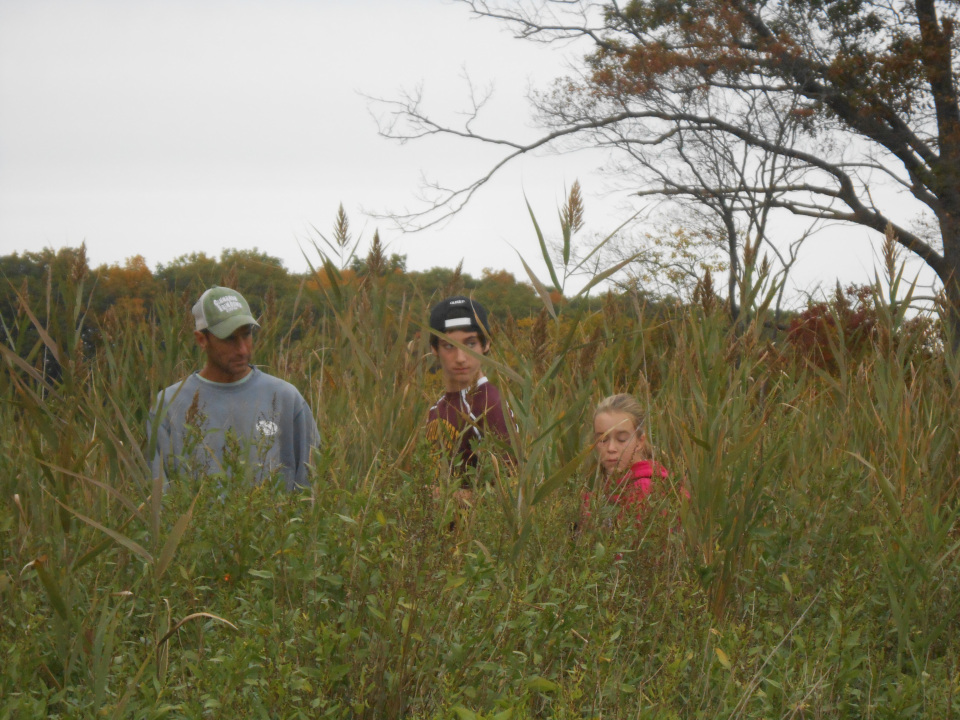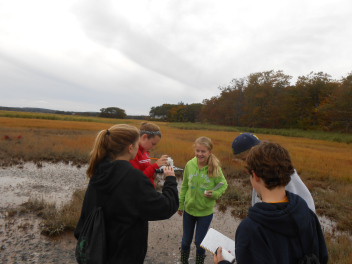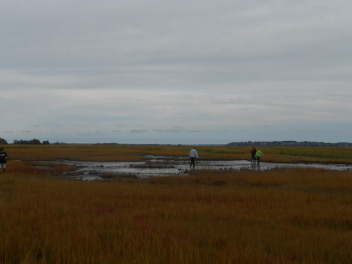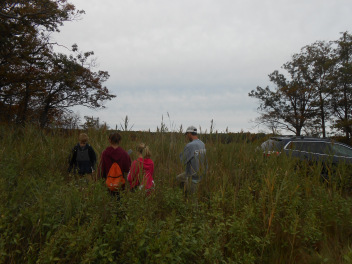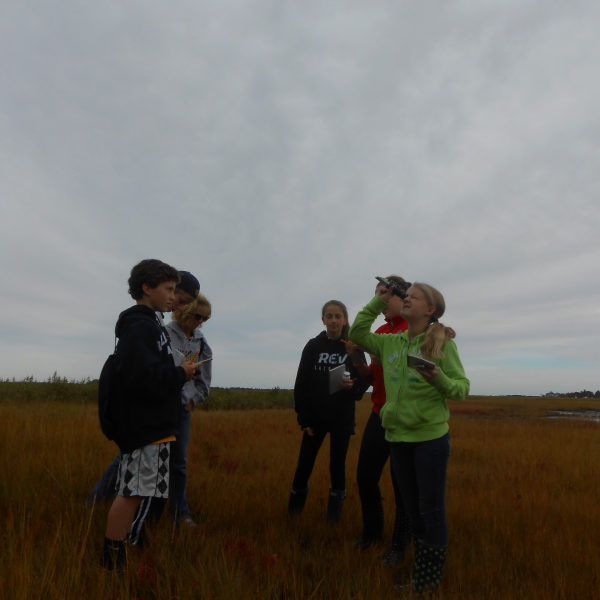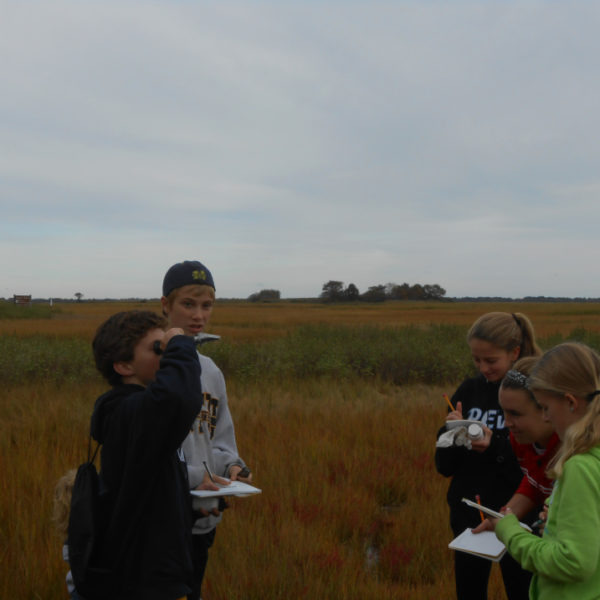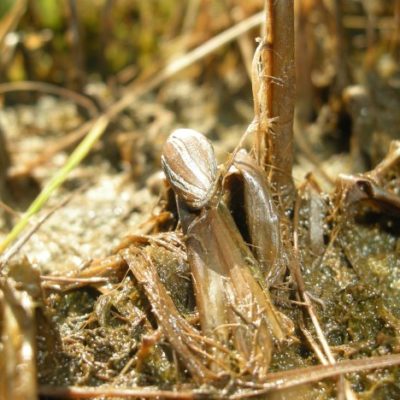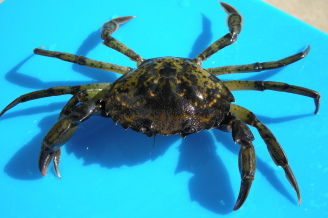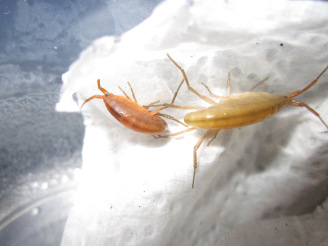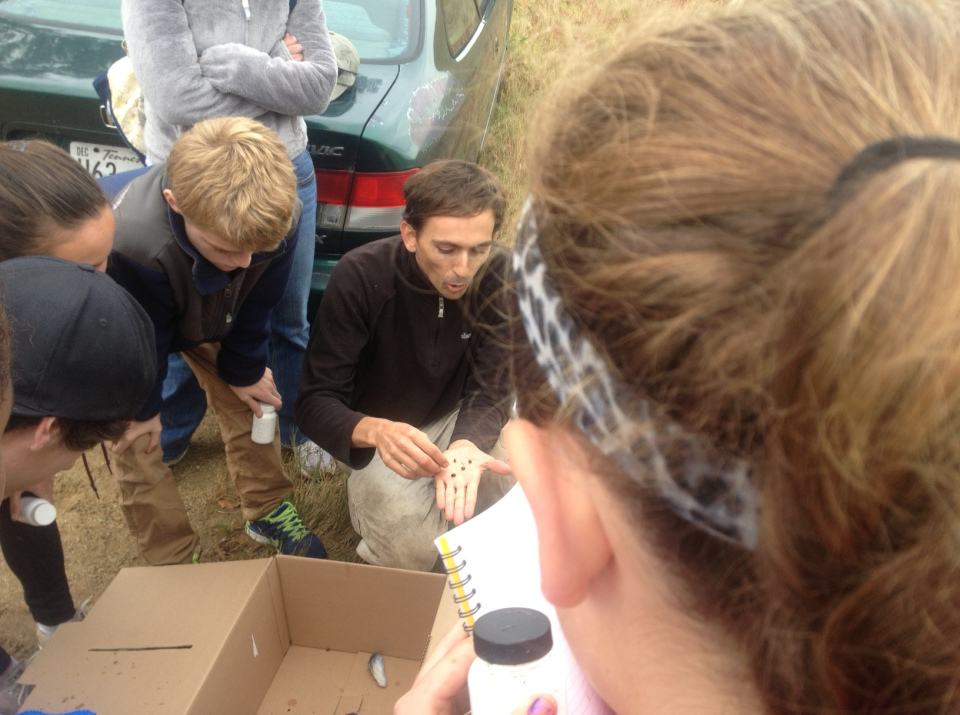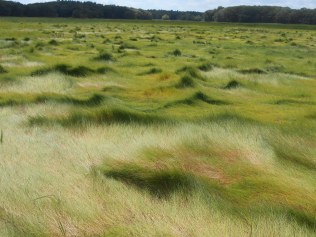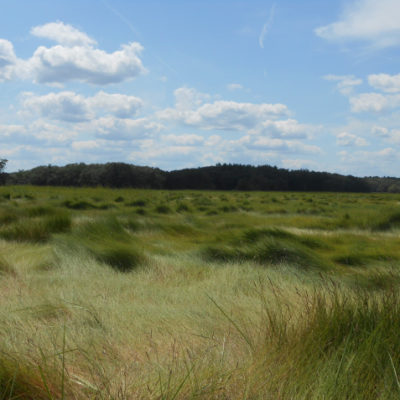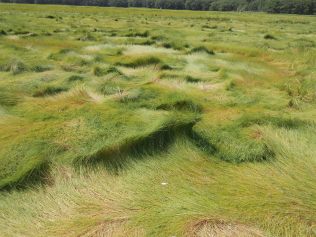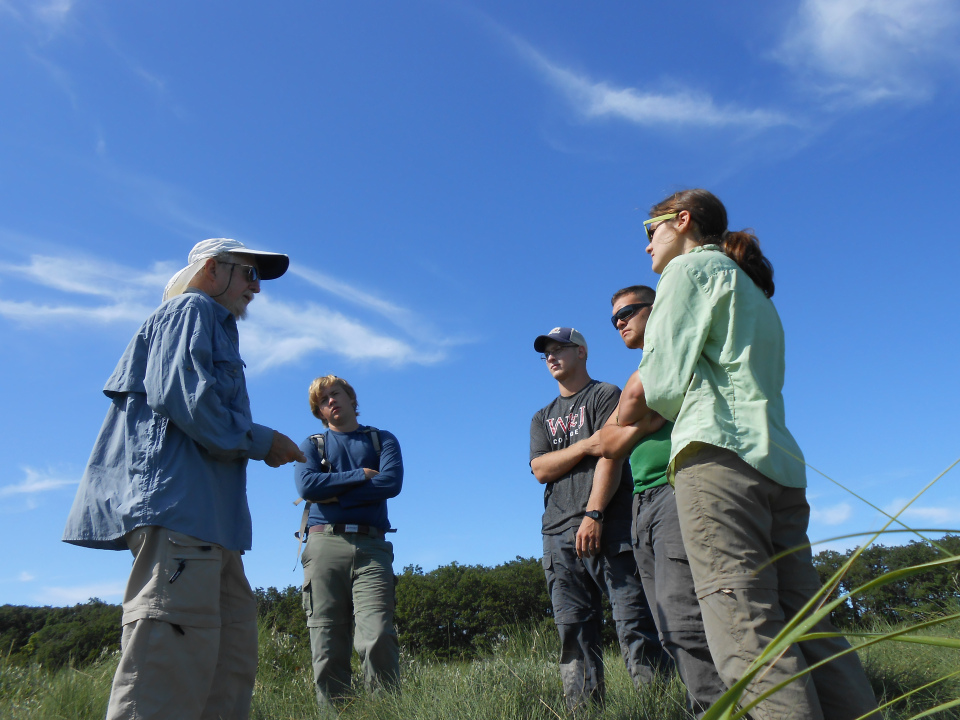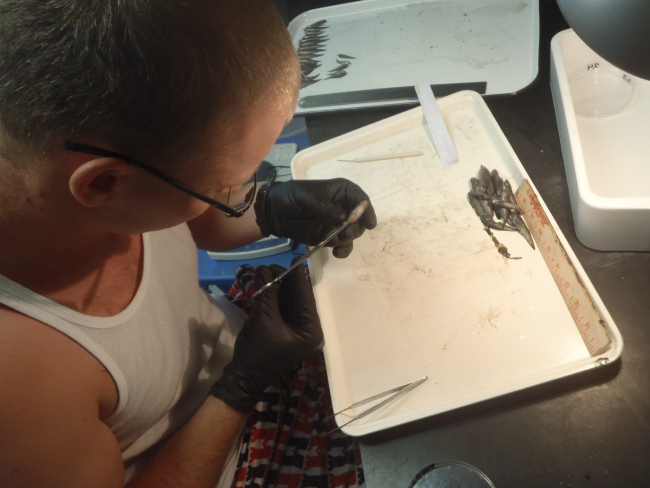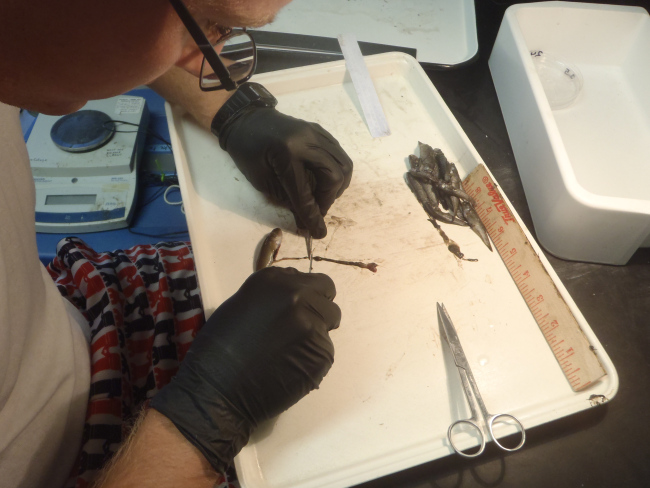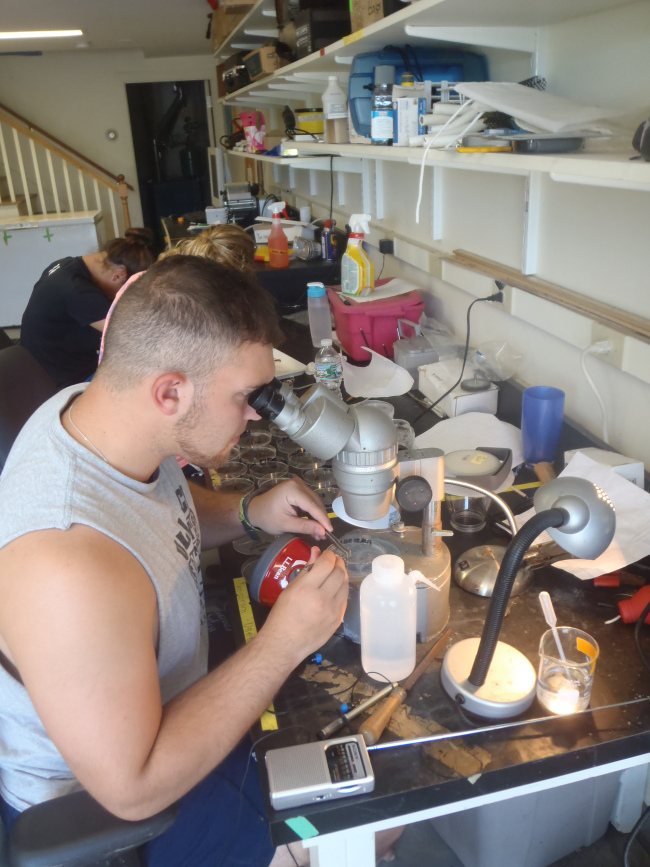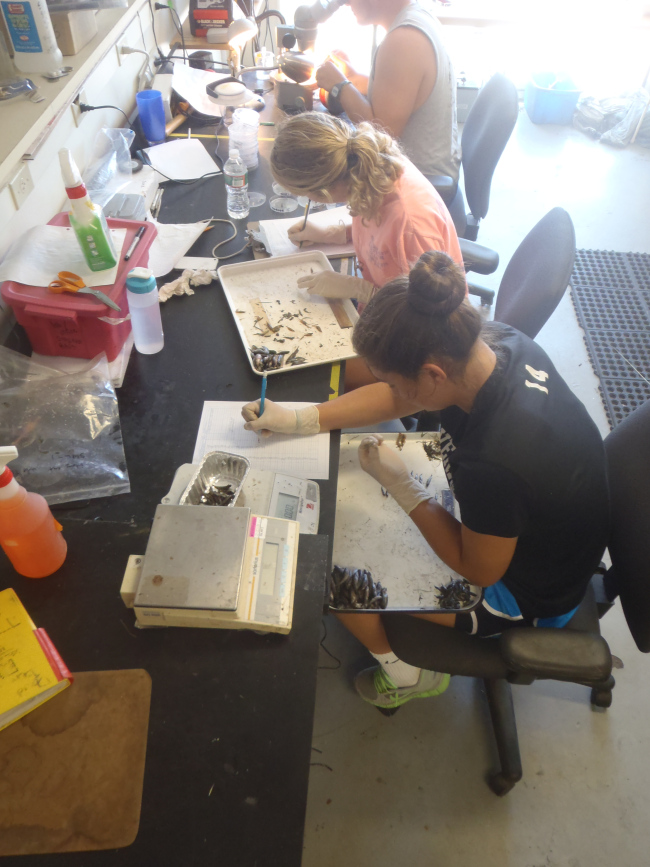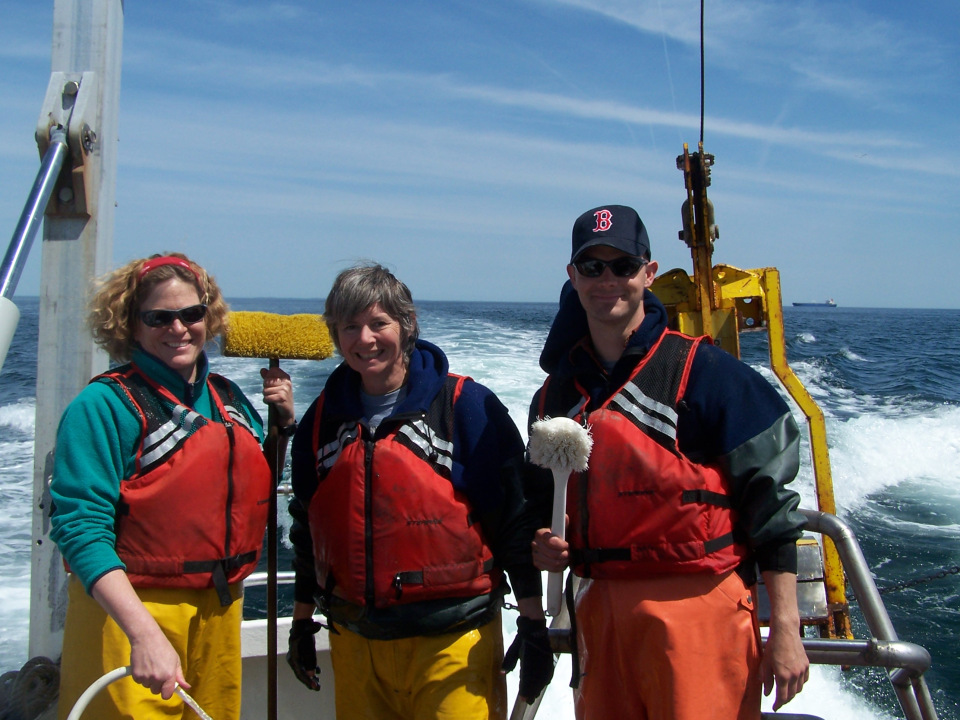
Anne’s recent election into AAAS is well-deserved, and if there were a companion award for outstanding achievements in kindness, generosity, and commitment to others, she would rightfully be awarded that, too. I have had the privilege of working closely with Anne for over 20 years, and I should know.
Anne Giblin “speaks” biogeochemistry, thermodynamics, biology, physical chemistry… really all the “hard” sciences…as a first language. They seem to be part of her innate intelligence. But she is not a desk scientist. She loves to be in the lab, or even better, out in the field conducting experiments or collecting samples. Adverse field conditions are her forte! She is not stopped by freezing temperatures or clouds of mosquitoes on the North Slope of Alaska, nor by tropical heat, “no-see-ums” or scorpion stings in Panama. She does not let little things like utter darkness in the cold depths of Adirondack lakes or a blanket of sewage sludge on the bottom of Boston Harbor dampen her enthusiasm for collecting more mud and adding dives to her SCUBA log. She does not send her students or employees out to do this work for her….she jumps in first. All of this to keep adding pieces to the puzzle of element cycling in sediments, particularly with respect to nitrogen, carbon, and her first love, sulfur.
Hard work is often matched by good cheer. A long day with the PIE-LTER team in the marsh at Plum Island, in itself fun, is routinely followed by a good meal (often prepared by Anne), a good local brew (often provided by Anne), and good stories (often told by Anne). Over the years, these days and stories and Anne’s optimism have become encapsulated by some memorable lines, now used affectionately by the team. Three of the classics are: “Done by noon!” (as in, “It won’t take long, we’ll be ….”), “That’s not thunder, those are jets!” (at next occurrence, accompanied by a bright flash of light) , and “No herics!” (i.e. heroics… I mentioned Anne’s first language is science, not English, didn’t I? It’s really the only thing I can help her with!).
Sure, Anne has the necessary stats on her CV that attest to her accomplishments as a scientist. But the best testament of her success may be that, in an increasingly difficult funding climate, and at an all soft-money, independent research laboratory, Anne has kept herself and her team funded for over 25 years. It is tribute to Anne as a mentor, colleague, and friend, that we have all wanted to stay.
Jane Tucker is a Research Assistant at the Marine Biological Laboratory.
